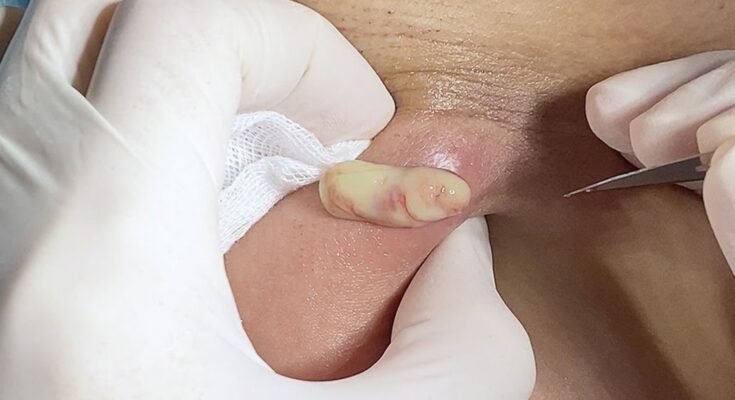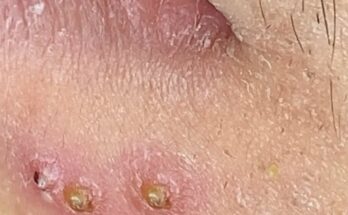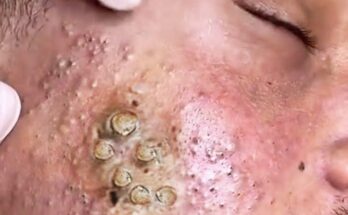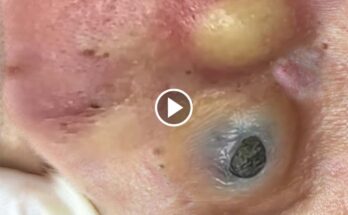Skin infections like boils, furuncles, and carbuncles may sound alarming—but understanding them can help you manage symptoms early and prevent complications.
A boil (or furuncle) is a painful, pus-filled bump that forms under the skin when bacteria—usually Staphylococcus aureus—infect a hair follicle or oil gland. Boils often appear on areas where there is friction, sweat, or hair, such as the neck, armpits, face, thighs, or buttocks. The skin around the boil becomes red, swollen, and tender, and the boil may eventually drain on its own.
When multiple boils cluster and connect under the skin, forming a larger, deeper infection, it’s called a carbuncle. Carbuncles are more severe and may cause fever, fatigue, and swollen lymph nodes, signaling that the infection is spreading.
Most minor boils and furuncles heal on their own with warm compresses, which encourage drainage and relieve pain. However, you should never squeeze or pop a boil, as it can push the infection deeper or spread bacteria to other parts of the body.
Seek medical attention if:
-
The boil is very large or painful
-
It doesn’t drain or heal within two weeks
-
You have a fever or other signs of infection
-
Boils recur frequently
Treatment may include drainage by a healthcare provider and, in some cases, antibiotics.
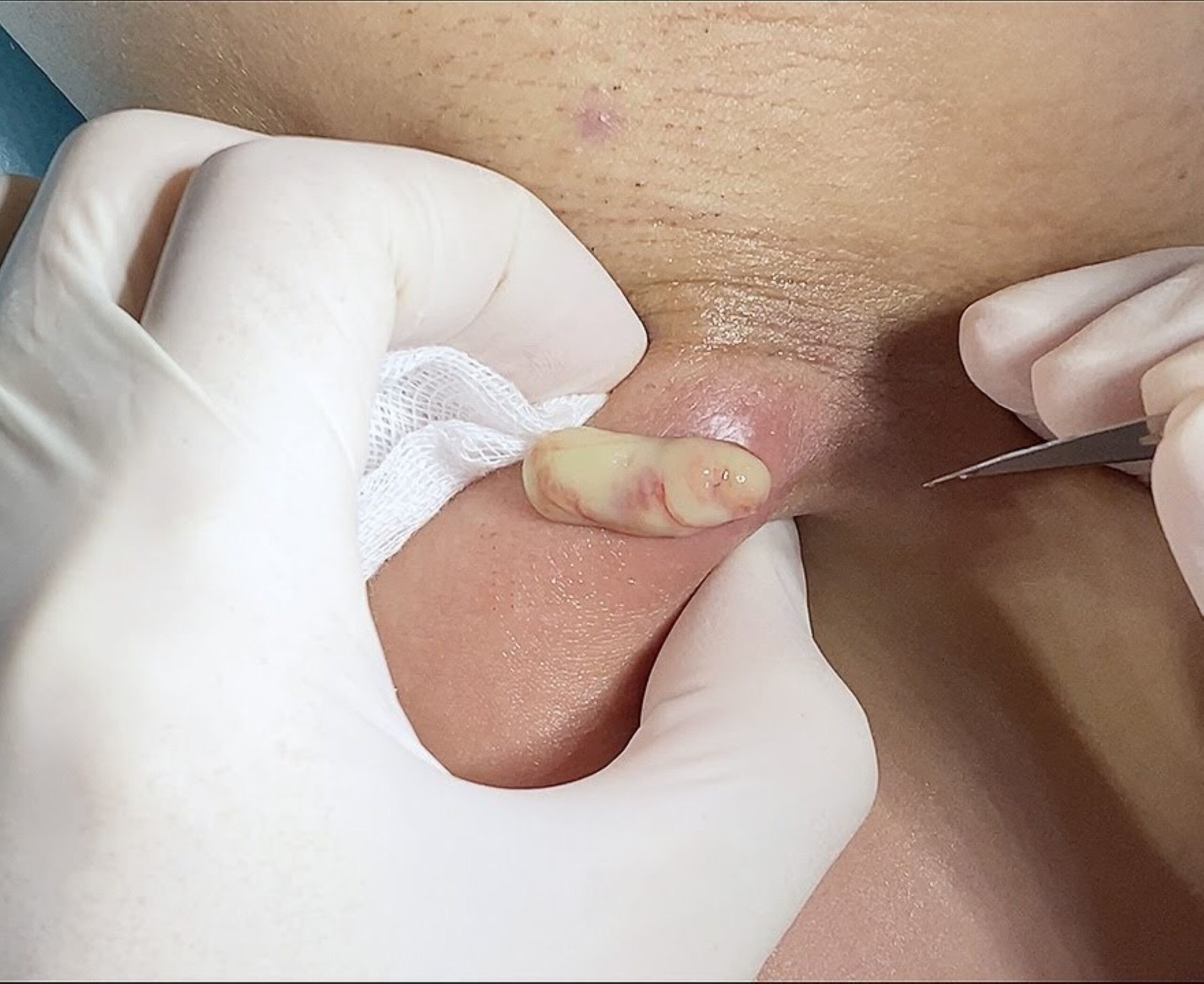
Practicing good hygiene is key to preventing skin infections. Keep your skin clean and dry, avoid sharing towels or razors, and treat minor cuts properly.
While boils and carbuncles can be painful and uncomfortable, they are usually treatable. Recognizing the signs early and caring for your skin properly can help prevent more serious infections—and keep your skin healthy and clear.
